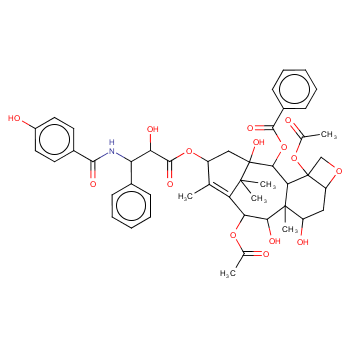CHOLESTEROL ESTERASE (EC 3.1.1.13 cholesterol esterase, CHE) is also known as sterol esterase, which catalyzes the hydrolysis of cholesterol esters in aqueous phase, converting them into cholesterol and fatty acids. It can also perform esterification and transesterification reactions in the presence of organic solvents. CHE is widely found in mammals and microorganisms. CHE derived from mammals is an intracellular enzyme mainly present in cells such as pancreas, blood, liver, and kidneys. In 1976, UWAJIMA et al. first reported the isolation of a strain of fluorescent pseudomonas that produces CHE, and since then, more CHE from microbial sources has been discovered, such as Streptomyces, yeast, and Staphylococcus aureus.

Structural Characteristics
CHOLESTEROL ESTERASE belongs to the esterase family of α/β hydrolases (EC 3.1.1.X, lipolytic enzyme), which also includes lipases. CHE and lipases have distinct structural differences. The active site of lipases is covered by a "lid" structure, while some CHEs have a "cap" structure attached to the N-terminus. The major difference between these two enzymes lies in the types of hydrolytic substrates they act upon. Lipases primarily act on ester bonds formed by long-chain fatty acids, while CHE mainly acts on ester bonds formed by short-chain fatty acids. However, some CHEs can also hydrolyze substrates of lipases.
Applications
CHOLESTEROL ESTERASE has a wide range of applications in the food industry, diagnostic reagents, wastewater treatment, pulp and paper manufacturing, and fabric degreasing.
Preparation Process
A process for preparing CHOLESTEROL ESTERASE using microbial fermentation technology. The process involves formulating Pseudomonas with 0.5-1.5% yeast extract, 0.5-1.5% glycerol, 0.2-0.3% urea, 0.05-0.15% K2HPO4, 0.02-0.05% KCl, 0.02-0.05% MgSO4, and various inducers of 0.2-0.5% in a fermentation medium with a pH of 6.7-7.2. The fermentation is carried out at a temperature of 30-33°C with agitation and aeration for 30-40 hours. CHOLESTEROL ESTERASE is then obtained through isolation, extraction, salt precipitation, and column chromatography.




